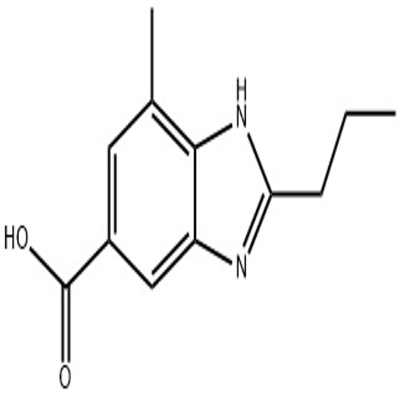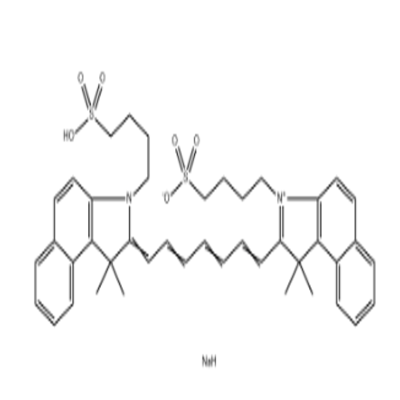-
Categories
-
Pharmaceutical Intermediates
-
Active Pharmaceutical Ingredients
-
Food Additives
- Industrial Coatings
- Agrochemicals
- Dyes and Pigments
- Surfactant
- Flavors and Fragrances
- Chemical Reagents
- Catalyst and Auxiliary
- Natural Products
- Inorganic Chemistry
-
Organic Chemistry
-
Biochemical Engineering
- Analytical Chemistry
-
Cosmetic Ingredient
- Water Treatment Chemical
-
Pharmaceutical Intermediates
Promotion
ECHEMI Mall
Wholesale
Weekly Price
Exhibition
News
-
Trade Service
The production process of 4,6-dichloro-1H-pyrazolopyrimidine, also known as 4,6-DCUP, is a complex and multi-step process that involves several chemical reactions and purification steps.
The process typically starts with the synthesis of the starting materials, and then proceeds through several condensation, reduction, and substitution reactions to produce the final product.
The synthesis of the starting materials typically involves the reaction of phenyl hydrazine with sodium hypochlorite to form 4-chloro-6-nitro-1,2-diphenyldihydroimidazide, which is then reduced with hydrogen in the presence of a nickel catalyst to form 4,6-dichloro-1,3-dimethyl-1H-pyrazole-5-carbaldehyde.
The carbaldehyde can then be converted to the desired pyrazolo[3,4-d]pyrimidine by reaction with an appropriate amine.
The first step in the production process is the synthesis of the starting materials.
This typically involves the reaction of phenyl hydrazine with sodium hypochlorite in the presence of an acid catalyst, such as sulfuric acid or hydrochloric acid.
The reaction produces 4-chloro-6-nitro-1,2-diphenyldihydroimidazide, which is a highly unstable and explosive intermediate.
The reaction is typically conducted under careful controlled conditions to minimize the risk of explosion.
The next step in the process is the reduction of the 4-chloro-6-nitro-1,2-diphenyldihydroimidazide with hydrogen in the presence of a nickel catalyst.
The reduction step typically involves the use of a high-pressure hydrogenation reactor, in which the catalyst is used to promote the reduction of the nitro group to an amino group.
The reaction is typically conducted under high pressure and temperature conditions to minimize the risk of explosion and to ensure that the reaction proceeds efficiently.
After the reduction step, the resulting product is typically purified by dissolving it in a solvent, such as ethanol or methanol, and then filtering the solution to remove any impurities.
The purified 4,6-dichloro-1,3-dimethyl-1H-pyrazole-5-carbaldehyde can then be used as the starting material for the next step in the production process.
The next step in the production process is the conversion of the carbaldehyde to the desired pyrazolo[3,4-d]pyrimidine.
This typically involves the reaction of the carbaldehyde with an appropriate amine, such as dimethylamine or diethylamine.
The reaction is typically conducted in the presence of an organic solvent, such as acetonitrile or methanol, and is typically carried out at room temperature.
After the reaction is complete, the resulting product is typically purified by dissolving it in a solvent, such as ethanol or methanol, and then filtering the solution to remove any impurities.
The purified 4,6-dichloro-1H-pyrazolo[3,4-d]pyrimidine can then be used as the final product or can be further processed as needed.
In conclusion, the production process of 4,6-dichloro-1H-pyrazolopyrimidine is a multi-step process that involves several chemical reactions and purification steps.
The process typically starts with the synthesis of the starting materials, and then proceeds through several condensation, reduction, and substitution reactions to produce the final product.
The production process requires careful control of the reaction conditions to ensure the safety and efficiency of the process.
The final product is typically purified by dissolving it in a solvent and filtering the solution to remove any impurities.




![benzyl N-{2-[4-(4,4,5,5-tetramethyl-1,3,2-dioxaborolan-2-yl)phenyl]ethyl}carbamate](https://file.echemi.com/fileManage/upload/goodpicture/20210823/m20210823171124543.jpg)


